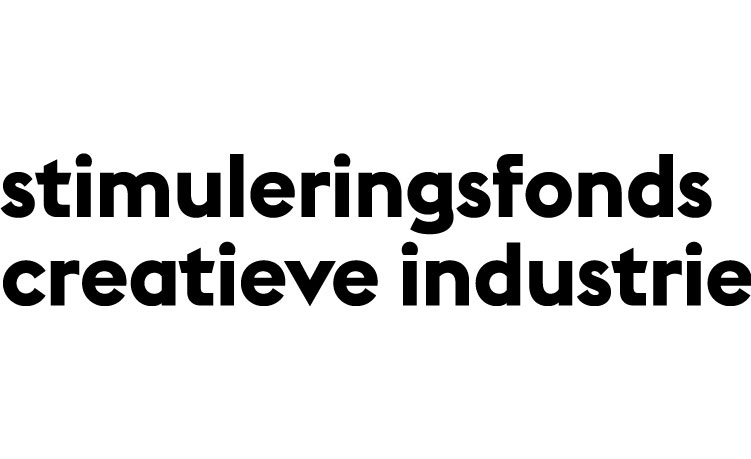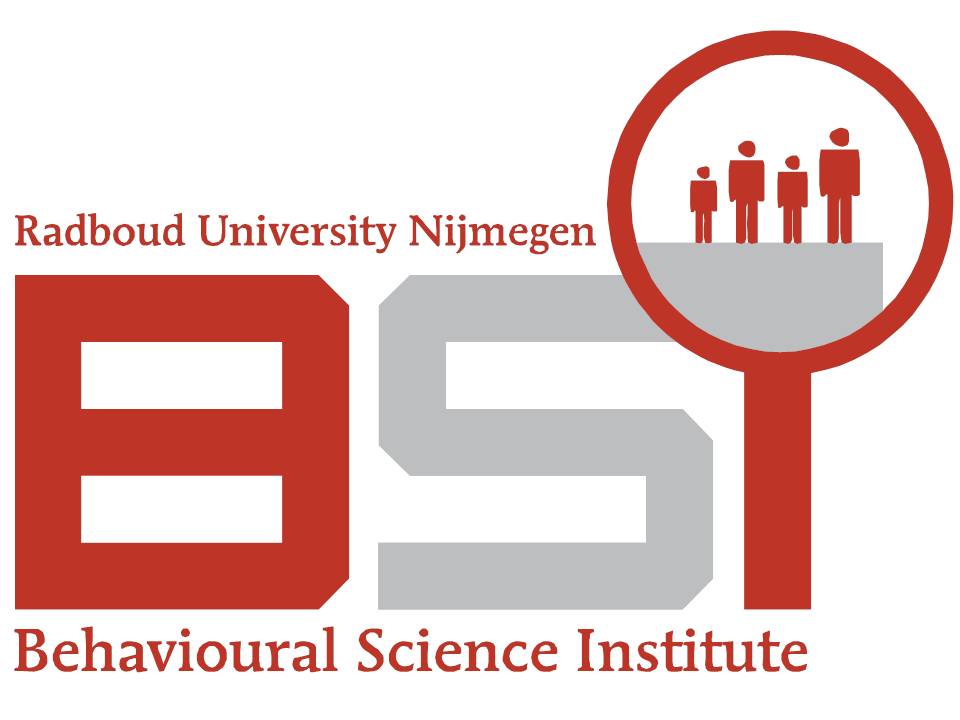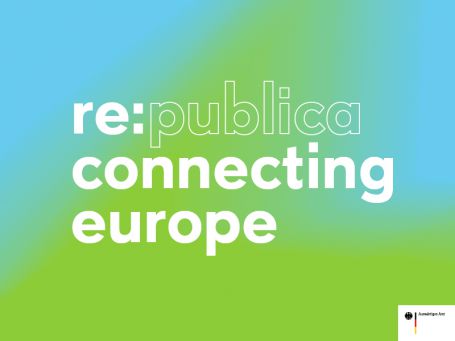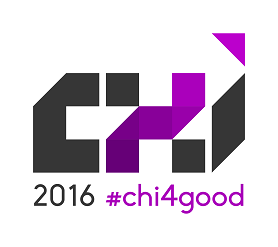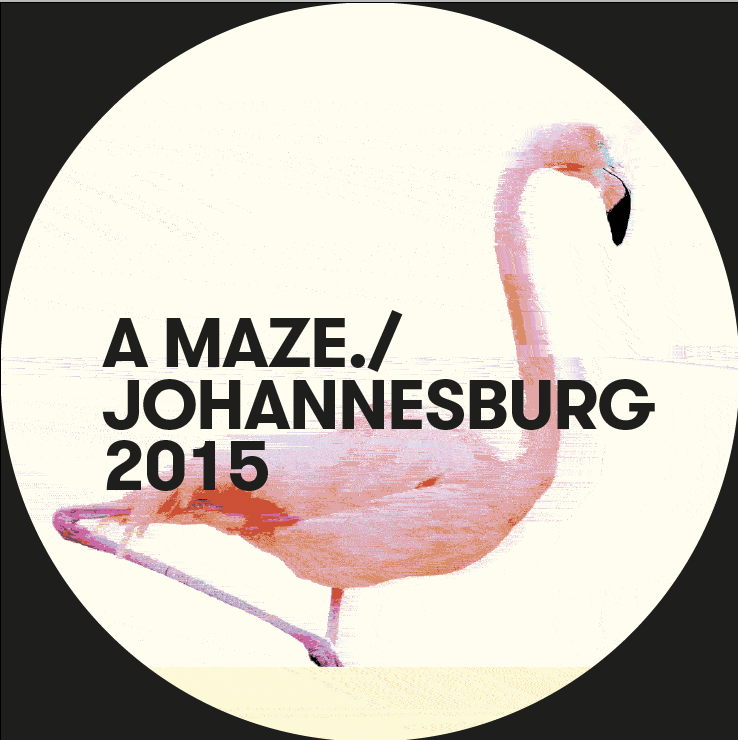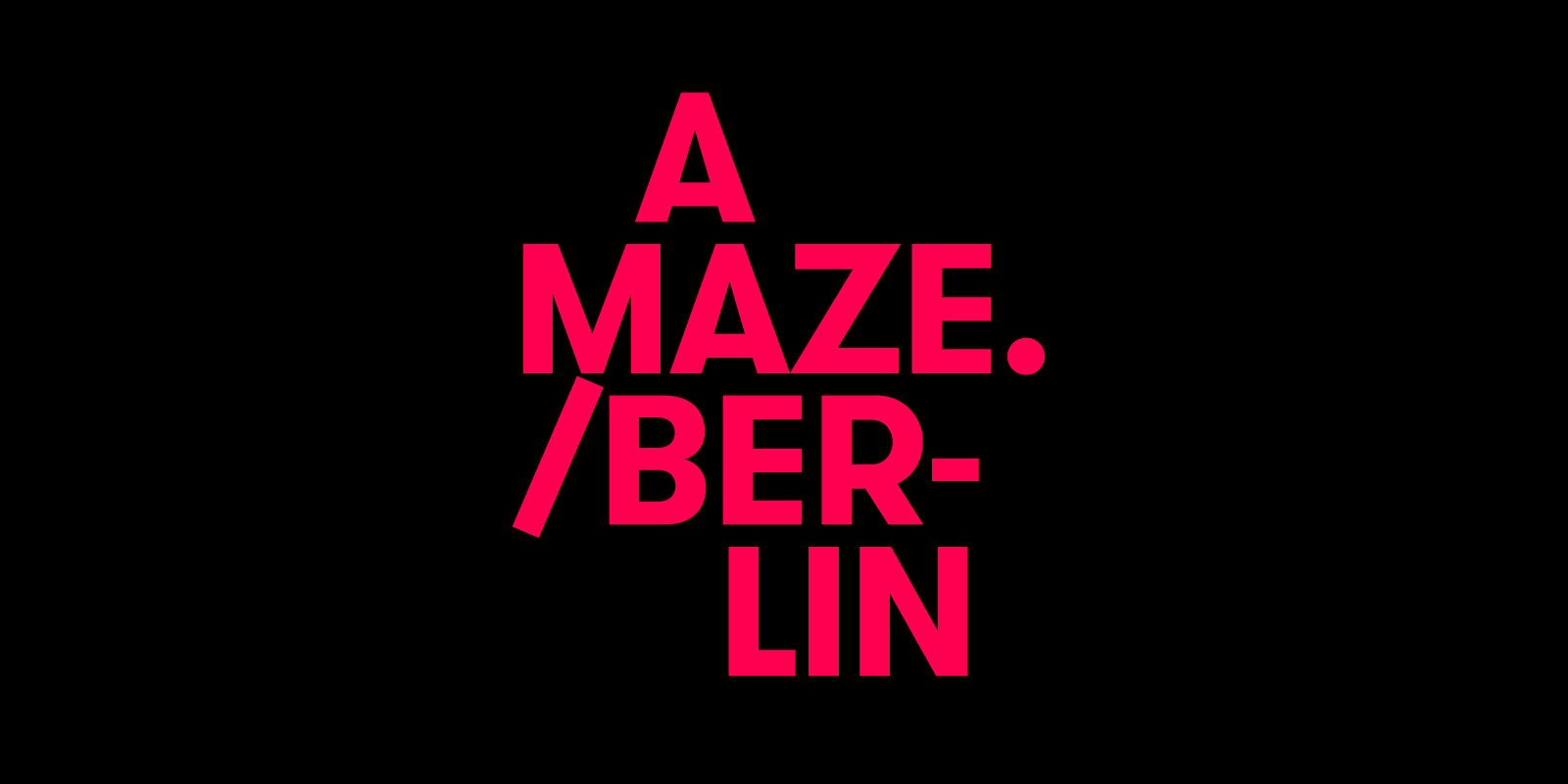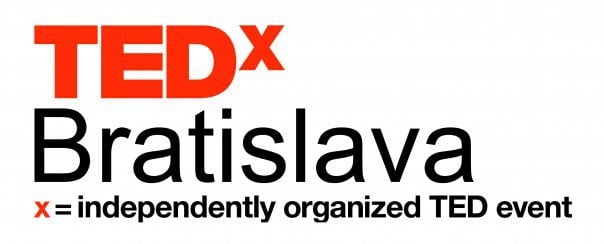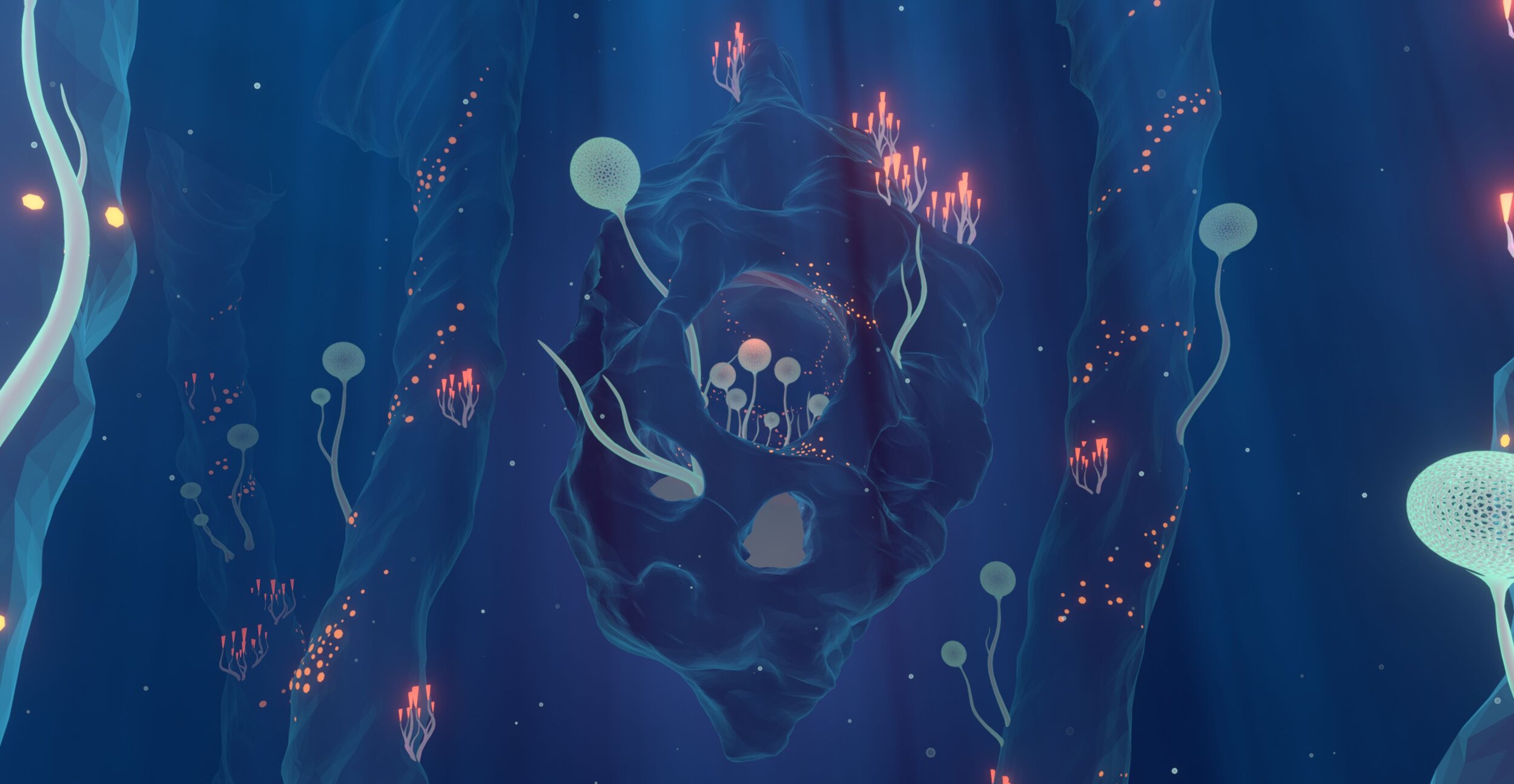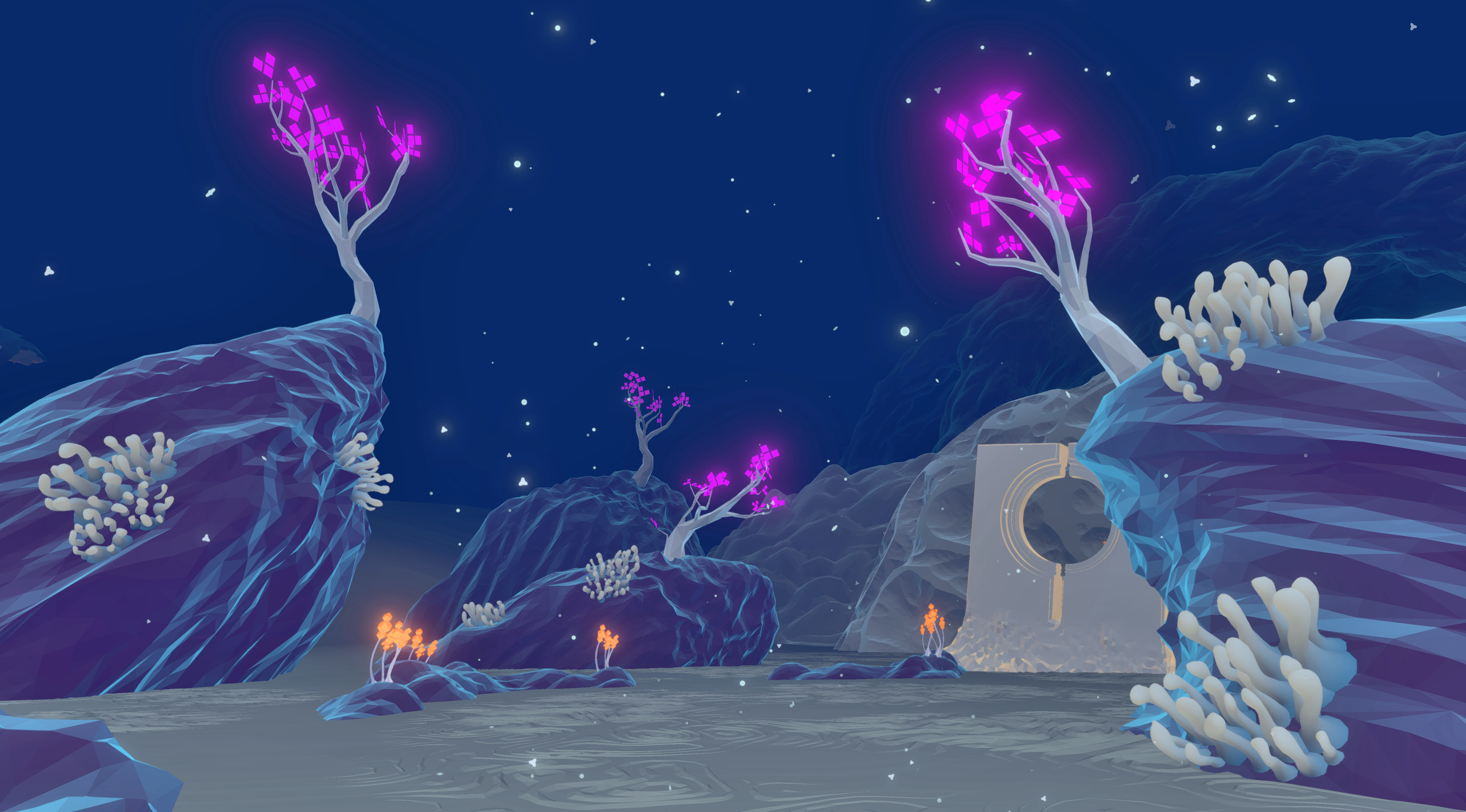





About DEEP
About DEEP
DEEP is a meditative
Virtual Reality game
controlled by breathing
Entertainment & Wellbeing
DEEP is a poetic VR experience that is controlled by slow, deep diaphragmatic breathing which aims to soothe anxiety, build confidence in selfregulation, and support emotional resilience in a playful way.
Research & Healthcare
Since 2016 several studies have demonstrated DEEP’s efficacy as anxiety regulation tool. Now with new research and care partners we’re exploring how DEEP can support people with trauma, anger and those in (forensic) psychiatric care, (youth) detention centers, and physical rehabilitation.
Watch Unity for Humanity Talk
Watch the TED x talk

Deep Quest
Deep Quest
The World of DEEP
Breath as interaction
Your breath is used to move through the world of DEEP. As you breathe in you rise upwards from the ocean floor and on your exhale you get a subtle boost, whilst your direction of travel follows your gaze.
When you breathe the world flows with you. The creatures, plants and patterns sync with your breathing, reinforcing the link between your body and mental state.
BREATHING BELT
The hand-made breathing belt allows you to seamlessly explore Deep.
HAND CONTROLLER
Place the VR controller on your belly, and let it measure your breath.

The Science
“I WANT TO LIVE HERE”
— TETSUYA MIZUGUCHI, REZ & TETRIS EFFECT
The Science
“I WANT TO LIVE HERE”
— TETSUYA MIZUGUCHI, REZ & TETRIS EFFECT
The SCIENCE
2016-2022
DEEP has undergone rigorous research led by Prof. Isabela Granic, co-director of GEMH Lab, and Dr. Joanneke Weerdmeester. The focus of this research was to explore the efficacy of Deep as a tool for anxiety regulation. This resulted in various published papers and a doctoral dissertation. You can find the complete publication list below.
A randomized controlled trial and several multiple experimental studies have been conducted with anxious and non-anxious research samples of children and young adults. Results demonstrate DEEP’s ability to alleviate youth’s anxiety in the short term and diminish their symptoms over a longer time period with more extensive practice. Furthermore, there is some indication that playing DEEP positively impacts player self-efficacy.
Research in special education furthermore showed that the anxiety-relieving effects of a DEEP session could last up to 2 hours. Interestingly, some adolescents also showed less disruptive behaviour which suggests that DEEP may influence other aspects besides anxiety.
Ongoing research
With its accessible controls, DEEP enables wide audiences with varying cognitive and physical abilities to engage with the experience and to learn vital breathing techniques that can relieve their stress and anxiety.
With new science and care partners, research is currently expanding to other themes and settings including: emotional resilience, trauma, functional disorders, (intensive care) rehabiliation, and forensic (youth) psychiatric care.
PUBLICATIONS
Disseration
Weerdmeester, J.W. (2021). Take a DEEP Breath: Exploring the Potential of Game-based Biofeedback Interventions for Anxiety Regulations. [Doctoral Thesis]. Radboud University. https://hdl.handle.net/2066/239933
Studies
Van Rooij, M., Lobel, A., Harris, O., Smit, N., & Granic, I. (2016, May). DEEP: A biofeedback virtual reality game for children at-risk for anxiety. In Proceedings of the 2016 CHI Conference Extended Abstracts on Human Factors in Computing Systems (pp. 1989-1997). ACM. https://doi.org/10.1145/2851581.2892452
Weerdmeester, J., van Rooij, M.M.J.W., Harris, O., Smit, N., Engels, R. C.M.E., & Granic, I. (2017, October). Exploring the role of self-efficacy in biofeedback video games. In Extended Abstracts Publication of the Annual Symposium on Computer-Human Interaction in Play (pp. 453-461). ACM. https://doi.org/10.1145/3130859.3131299
Bossenbroek, R., Wols A., Weerdmeester, J., Lichtwarck-Aschoff, A., van Rooij, M.M.J.W. & Granic, I. (2020). Efficacy of a virtual Reality biofeedback game (DEEP) to reduce anxiety and disruptive classroom behaviour: A single-case study. JMIR mental health, 7(3), e16066. https://doi.org/10.2196/16066
Weerdmeester, J., van Rooij, M. M.J.W., Engels, R. C.M.E., & Granic, I. (2020). An integrative model for the effectiveness of biofeedback interventions for anxiety regulation. Journal of Medical Internet Research, 22(7), e14958. https://doi.org/10.2196/14958
Weerdmeester, J., Rooij, M. M. J. W. van, Maciejewski, D. F., Engels, R. C. M. E., & Granic, I. (2021). A Randomized Controlled Trial Assessing the Efficacy of a Virtual Reality Biofeedback Video Game: Anxiety Outcomes and Appraisal Processes. Technology, Mind, and Behavior, 2(2). https://doi.org/10.1037/tmb0000028
Weerdmeester. J., van Rooij, M.M..J.W., & Granic, I. (2022). Visualization, Self-efficacy, and Locus of Control in a Virtual Reality Biofeedback Video Game for Anxiety Regulation. Cyberpsychology, Behavior, and Social Networking, 25 (6). https://doi.org/10.1089/cyber.2022.0030
Klein Haneveld, L., Kip, H., Bouman, Y. H., Weerdmeester, J., Scholten, H., & Kelders, S. M. (2023). Exploring the Added Value of Virtual Reality Biofeedback Game DEEP in Forensic Psychiatric Inpatient Care: a Qualitative Study. Frontiers in Psychology, 14, 1201485. https://doi.org/10.3389/fpsyg.2023.1201485
Haneveld, L. K., Dekkers, T., Bouman, Y. H., Scholten, H., Weerdmeester, J., Kelders, S. M., & Kip, H. (2025). The Effect of the Virtual Reality–Based Biofeedback Intervention DEEP on Stress, Emotional Tension, and Anger in Forensic Psychiatric Inpatients: Mixed Methods Single-Case Experimental Design. JMIR Formative Research, 9(1), e65206. https://doi.org/10.2196/65206

RECOGNITION
“For the player it’s simple, yet it’s hard to explain how much better it made me feel … just five minutes strapped to Deep’s breathing device felt remarkable.”
— Joe Donnelly, VICE
RECOGNITION
“For the player it’s simple, yet it’s hard to explain how much better it made me feel … just five minutes strapped to Deep’s breathing device felt remarkable.”
— Joe Donnelly, VICE
RECOGNITION
DEEP has been supported by
SELECTED ARTICLES
Click on a logo to go to the article
DEEP HAS BEEN SHOWN AT

MEDIA
“Deep gives users an accessible, immersive avenue toward claiming agency over their own bodies.”
— Michael Andor Brodeur, Boston Globe
MEDIA
“Deep gives users an accessible, immersive avenue toward claiming agency over their own bodies.”
— Michael Andor Brodeur, Boston Globe
MEDIA
screenshots from festival & museum installations and previous prototypes












